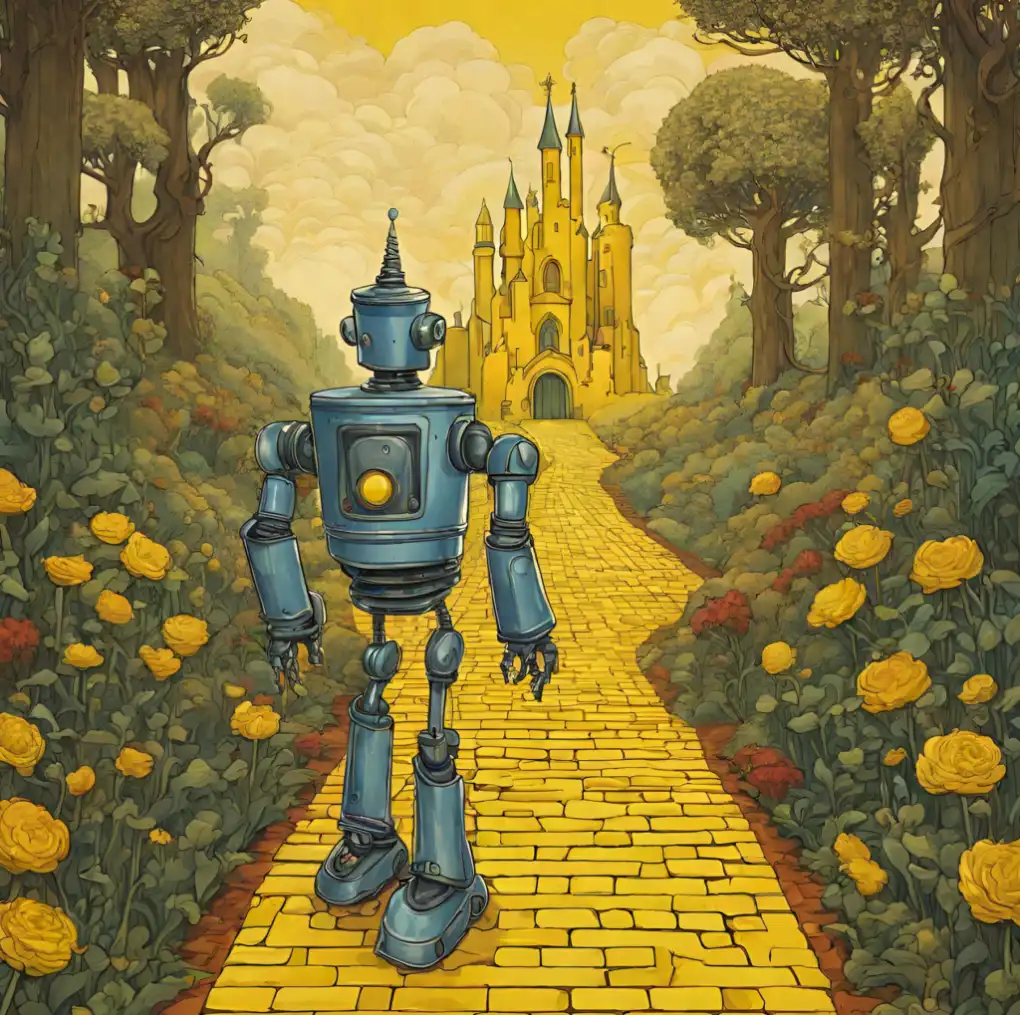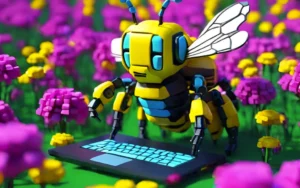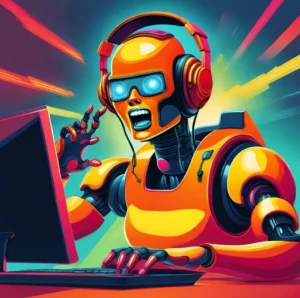ChatGPT is more than just a chatbot; it’s a major milestone in artificial intelligence. Rooted in groundbreaking tech, this is one conversational agent you’ll want to understand. Curious about its journey? Stick around for a fascinating ride.
The Genesis of GPT: Where It All Began
It’s not an exaggeration to say that Generative Pre-trained Transformers, or GPT, revolutionized the world of artificial intelligence. This story kicks off with OpenAI, an organization that’s as close to the Tony Stark of AI as we’ll ever get. OpenAI didn’t just develop another piece of tech; they birthed an entirely new paradigm for machine learning and language understanding.

The Early Stirrings
Before GPT, language models were pretty rudimentary, useful mostly for specialized tasks like keyword-based search or basic data categorization. We’re talking way more primitive than what you might be used to today. Then came the concept of transformers—a new architecture proposed in a paper called “Attention Is All You Need.” This architecture would serve as the skeleton upon which GPT would be built.
OpenAI Takes the Wheel
In comes OpenAI, embracing this innovative architecture and taking it to the next level. They realized that transformers had the potential to be scaled up, way up. And scale they did—GPT started as a research project but evolved rapidly, fueled by OpenAI’s mission to ensure that artificial general intelligence (AGI) benefits all of humanity.
Unveiling the First GPT
The first GPT model was released in June 2018 and had a total of 110 million machine learning parameters. To put that into perspective, your average text-based machine learning model at the time had maybe a few million. Even then, it was a major shift in terms of what was possible with natural language understanding.
From Pre-training to Fine-tuning
What set GPT apart was its two-step approach: pre-training and fine-tuning. In the pre-training phase, the model learned the basics of human language by predicting the next word in a sentence from an enormous dataset. Kind of like how kids learn language by hearing it all around them. In the fine-tuning phase, the model was specialized for certain tasks or industries using a more focused dataset. This two-step approach made GPT incredibly versatile, and it quickly gained traction for a range of applications, from text summarization to question answering.

The Ripple Effect
OpenAI’s GPT had an instant ripple effect across the tech industry. Everyone wanted a piece of this game-changing tech. Research papers were written, start-ups were launched, and existing platforms started adapting GPT into their systems. It was clear that the AI world had reached a new milestone.
Setting the Stage for More
While GPT was groundbreaking, it was also just the beginning. OpenAI knew they had struck gold, but like any good innovator, they didn’t rest on their laurels. They continued to tweak, adjust, and improve. This set the stage for future iterations, each one bringing us closer to the human-like artificial intelligence we’re familiar with today.
In sum, the genesis of GPT is a tale of innovation, aspiration, and a relentless push toward a future where machines can understand and interact with us in ways that were once the stuff of science fiction. It’s a pivotal chapter in the history of AI, laying the foundational principles and technologies that paved the way for advanced models like ChatGPT.
The Iterations: GPT-1, GPT-2, and GPT-3: The Evolutionary Steps to Genius
As with any tech that becomes a game-changer, GPT didn’t just spring into existence fully formed. Oh no, it had its baby steps, awkward teenage years, and then finally, it reached a sort of machine enlightenment. Each iteration brought something new to the table, capturing the imagination of both tech enthusiasts and businesses alike.
GPT-1: The Humble Beginning
The first iteration, GPT-1, was groundbreaking for its time but in retrospect, it was the appetizer for the feast to come. Launched in 2018 with 110 million parameters, it was a far cry from its future successors but nevertheless, it marked the beginning of something big. It was like the first iPhone—a brilliant concept with room for growth.
GPT-2: Making Headlines
If GPT-1 was a high school science fair winner, GPT-2 was the valedictorian heading to an Ivy League. Released in 2019, this model had a staggering 1.5 billion parameters and generated text that was eerily human-like. We’re talking about generating poems, stories, and even technical essays. It was so good that OpenAI initially didn’t release the full model, citing concerns about its potential misuse.

GPT-3: The Renaissance Machine
Now, let’s talk about GPT-3. Launched in June 2020, it was the epitome of ‘go big or go home,’ with a mind-blowing 175 billion machine learning parameters. It could translate languages, write code, answer queries, and perform tasks that once required specialized software. It was like watching a child prodigy grow up to become a Nobel laureate.
Fueled by Advances in Tech
These strides weren’t just happening in isolation; they were propelled by concurrent leaps in machine learning algorithms and natural language processing techniques. More efficient training methods and increasingly powerful hardware played crucial roles in these rapid advances.
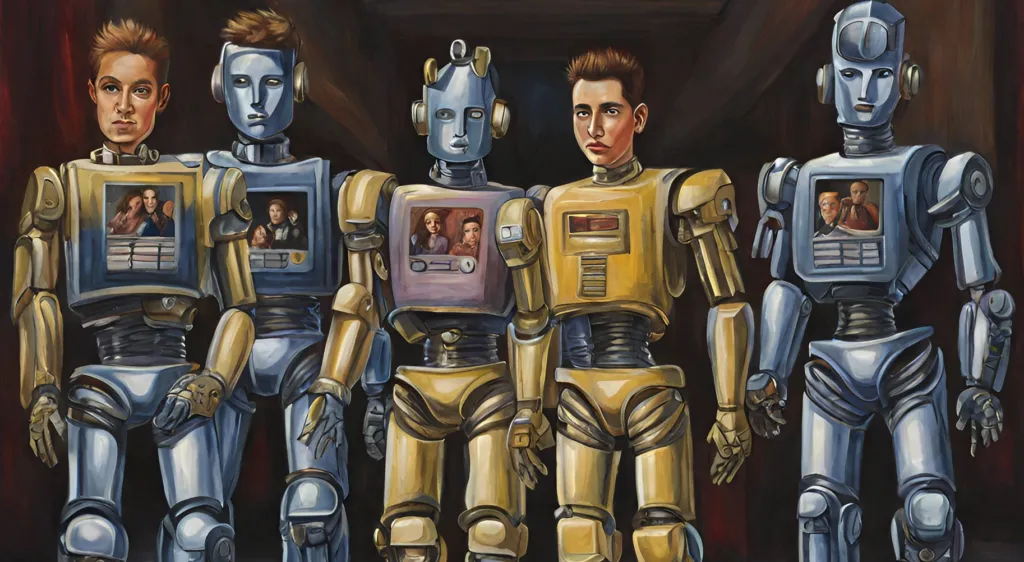
Arrival of GPT-4 and ChatGPT: The New Kids on the Block
Just when you thought things couldn’t get any more exciting, boom—GPT-4 and ChatGPT arrive on the scene. These are the cool kids in the AI schoolyard, doing stuff that makes even the grown-ups stop and stare.
GPT-4: The Next-Level Intelligence
GPT-4 is like the superhero sequel where the protagonist comes back with cooler gadgets and slicker moves. The exact number of parameters is undisclosed, but it’s significantly larger than GPT-3, making it even more proficient at understanding context and generating more coherent and contextually relevant text.
ChatGPT: The Social Butterfly
Built on the backbone of GPT-4, ChatGPT is the one that actually talks to you. It aims to perfect the art of conversation, making interactions feel less like you’re talking to a machine and more like you’re chatting with a well-informed friend. Faster response times, deeper contextual understanding, and a natural conversation flow are its hallmarks.
The Notable Improvements
The magic here is in the details—faster processing means you’re not waiting forever for a reply; better contextual understanding means fewer “huh?” moments when you’re interacting with it. The system has also gotten really good at keeping track of complex conversations, a must for any customer service or interactive application.
Why It’s a Big Deal
What really sets GPT-4 and ChatGPT apart is how they’ve moved closer to the kind of dynamic, nuanced understanding of language that was once considered the exclusive domain of humans. They’re not just incremental upgrades; they’re leaps toward a future where AI is a seamless part of our daily lives.
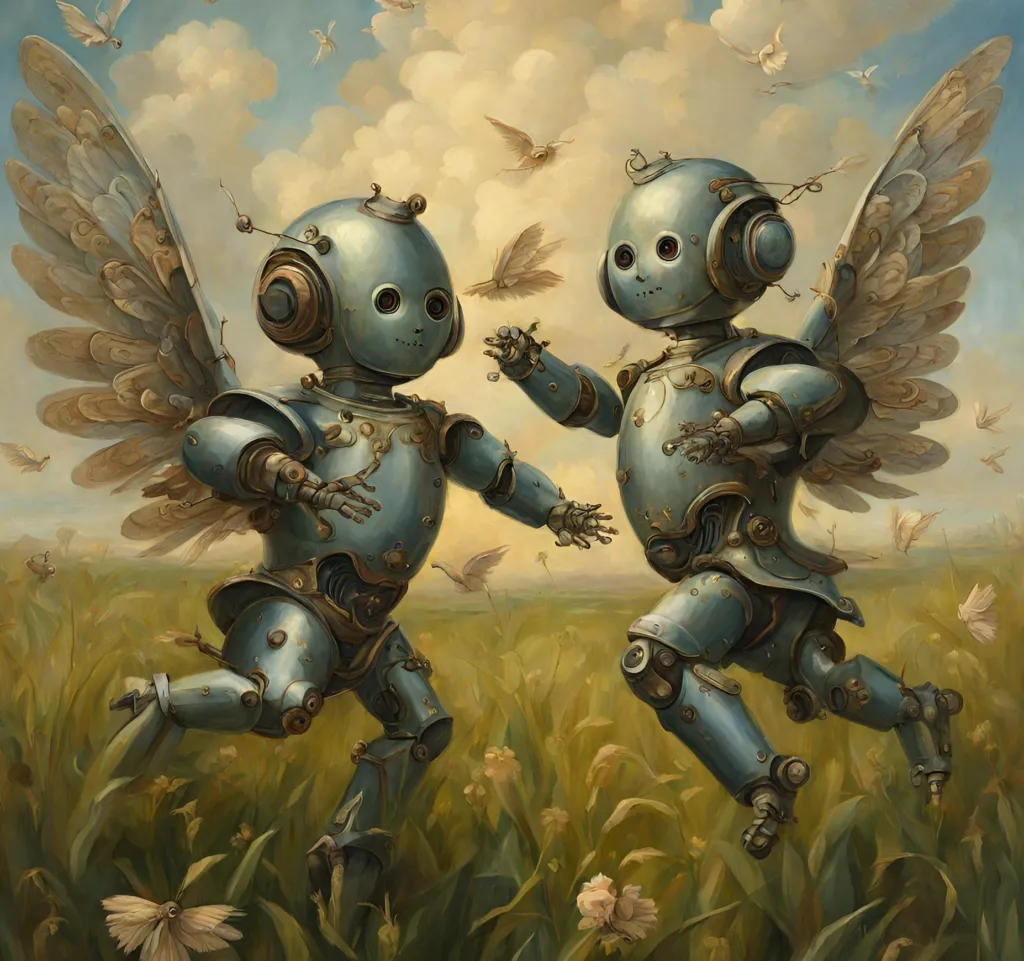
Competing and Complementary AI Models: Enter Jasper.ai
Jasper.ai is another AI heavyweight, focusing on copywriting. It’s got unique features, like specific marketing content generation, that make it distinct from ChatGPT. Can they coexist? Absolutely. Each has its own niche, complementing rather than competing with each other.
While both Jasper.ai and ChatGPT are text generation models powered by artificial intelligence, their core functionalities and target audiences are distinctly different, which allows them to coexist harmoniously in the AI space.
Jasper.ai truly shines in the field of copywriting and content creation. Whether you’re crafting social media posts, blog articles, product descriptions, or ad scripts, Jasper.ai can do it all. It’s like having a virtual writing assistant at your disposal 24/7. One of its standout features is its ability to generate marketing-specific content. This could range from catchy email subject lines to compelling product descriptions and persuasive sales copy. This specialized feature makes Jasper.ai particularly appealing to marketers, content creators, and business owners who need to produce high-quality content consistently.
On the other hand, ChatGPT is primarily designed for carrying out human-like conversations. It excels in providing detailed responses, making it an excellent tool for customer service, personal assistants, and tutoring applications. While it can generate text, its primary function isn’t specifically aimed towards producing marketing or creative content.
In terms of coexistence, these two AI models perfectly illustrate the concept of complementarity rather than competition. Jasper.ai can be the go-to tool for users seeking to generate creative and marketing-oriented content, while ChatGPT can serve those looking for conversational AI. They each fill unique roles within the vast landscape of AI, catering to different user needs and applications.
In conclusion, both Jasper.ai and ChatGPT offer valuable services in their respective niches. Their differences in functionality and target audience allow them to coexist, each one complementing the other’s capabilities rather than competing against them. This synergy between different AI models is what makes the field of artificial intelligence so dynamic and exciting.
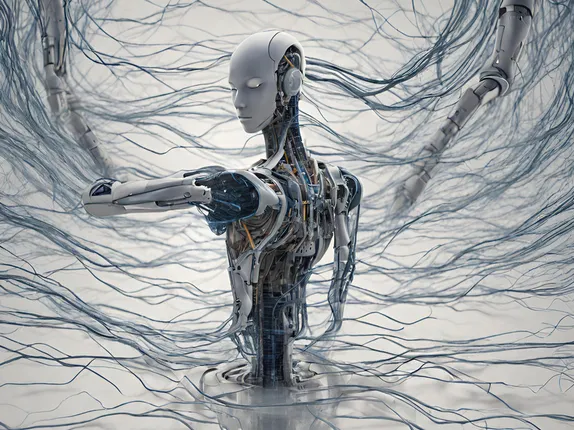
The Data Behind the Intelligence
In the AI world, data is gold, and ChatGPT is like a dragon sitting on a treasure trove of it. We’re talking petabytes of text data sourced from a wide array of domains: books, websites, scientific articles—you name it. This colossal dataset is the lifeblood of the model. During the training phase, the model learns the intricacies of human language by chewing through this extensive dataset, understanding grammar, idioms, context, and even sentiment. It’s akin to how a human would learn language, but at an exponentially faster rate. Machine learning algorithms then analyze this data to refine the model’s performance, helping it generate more accurate and contextually relevant text.
This isn’t just a one-and-done deal. The data is continuously updated and refined (up to the cut-off date), so the model learns from the collective knowledge of humanity. That’s how it gets so eerily good at understanding and generating human-like text.
Real-World Applications and Use Cases
ChatGPT isn’t just for answering your random trivia questions or settling bar bets. It’s finding real-world applications across diverse sectors. Let’s break it down:
- Healthcare: From helping with medical queries to serving as a preliminary diagnostic tool, ChatGPT is entering the healthcare domain. It can sift through medical databases to provide general advice, though it’s not a substitute for professional medical consultation.
- Finance: Financial firms use ChatGPT for customer service, risk analysis, and even financial forecasting. Want an instant summary of a complex financial report? ChatGPT’s your go-to.
- Entertainment: Imagine interactive storylines where the characters respond to your choices in real-time. ChatGPT’s being integrated into video games, interactive movies, and other entertainment platforms to make them more engaging.
- Content Generation: Bloggers, marketers, and journalists are using ChatGPT to brainstorm ideas, outline articles, and even draft content.
- Education: It can serve as a virtual tutor, providing explanations for complex subjects in an easy-to-understand manner.
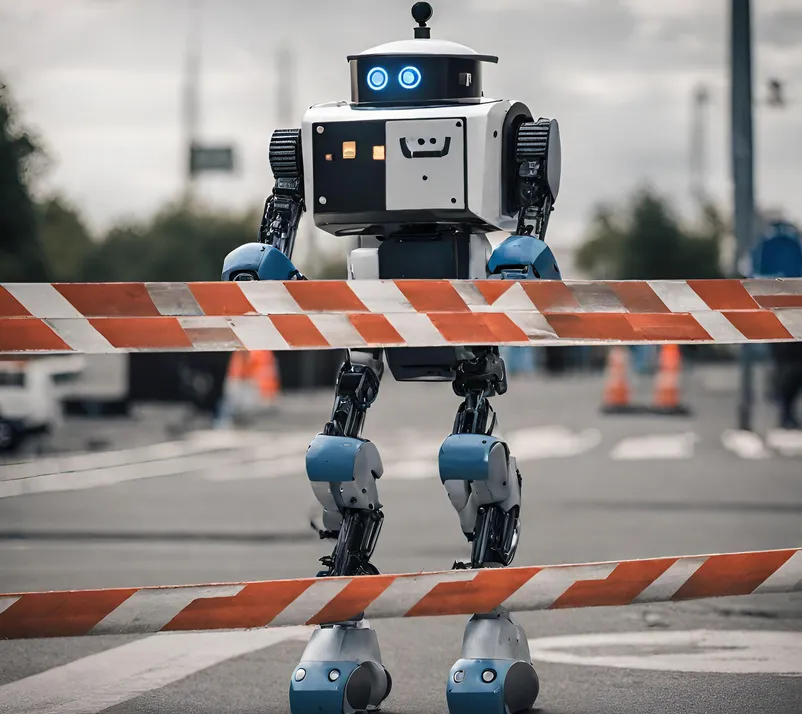
The Limitations of ChatGPT and Similar Models
Let’s not sugarcoat it; ChatGPT has its limitations. For starters, it can’t surf the web in real-time. So, if you’re looking for the latest stock quotes or sports scores, you’re out of luck. It’s also not great at citing sources, which could be a sticking point for academics and researchers.
Another limitation is its “knowledge freeze”—the model’s knowledge is static as of its last training cut-off, so it’s not aware of real-time events or developments. If Elon Musk announces a mission to Pluto tomorrow, ChatGPT won’t know about it until the next update.
Also, let’s talk about biases. The model can inadvertently generate text that reflects the biases present in the data it was trained on. OpenAI is actively working on research and engineering to reduce both glaring and subtle biases in how ChatGPT responds to different inputs.
Despite these limitations, clever workarounds and updates are constantly in development to make the system more robust and capable.
Ethical Considerations
In the race to develop state-of-the-art AI models, it’s easy for companies to overlook ethics, but OpenAI plays a different game. It’s not just about building a smarter model; it’s about building a responsible one. Here’s how:
- Content Filtering: OpenAI has implemented filters that aim to prevent the generation of unsafe or harmful content. The tech isn’t perfect, but it’s a step in minimizing the spread of misinformation, hate speech, or anything that can be socially detrimental.
- Monitoring for Abuse: Systems are in place to identify and prevent abuse of the technology. For instance, it keeps tabs on repetitive use patterns that could indicate automated bot activities for spam or phishing.
- User Privacy: All interactions are designed to respect user privacy and confidentiality. OpenAI has stringent data-handling policies to ensure that sensitive user information is protected.
- Transparency: OpenAI is committed to keeping its user base informed about how the technology works and the kind of data it uses. The goal is to create a more educated and responsible user community.
- Bias Mitigation: OpenAI is investing in research to identify and mitigate biases in its models, whether those biases are related to gender, race, or any other social factor
The Community and Ecosystem
ChatGPT’s not a lone wolf; it’s part of a bustling ecosystem of developers, businesses, and good ol’ regular users who engage with it in a myriad of ways:
- Developer Community: There’s a thriving community of coders and developers who are exploring novel ways to integrate ChatGPT into applications and platforms. They contribute code, share workarounds, and publish how-to guides that enrich the ecosystem.
- Business Adoption: From Fortune 500 companies to scrappy startups, businesses are harnessing ChatGPT for a range of applications—customer service, data analysis, content creation, and so much more. It’s not just tech companies; even traditional sectors are jumping on the bandwagon.
- End Users: The everyday user forms the backbone of the ChatGPT community. Their interactions, questions, and feedback are invaluable data points that help improve the model.
- Academia: Scholars are increasingly studying ChatGPT and similar models, looking at their societal impact, ethical considerations, and potential future developments.
- Open Source Contributions: Although the core model isn’t open-source, there are a variety of tools and plugins developed by the community that enhance its capabilities.
Together, these different facets create a vibrant, dynamic ecosystem that not only uses the technology but also actively contributes to its development and refinement.
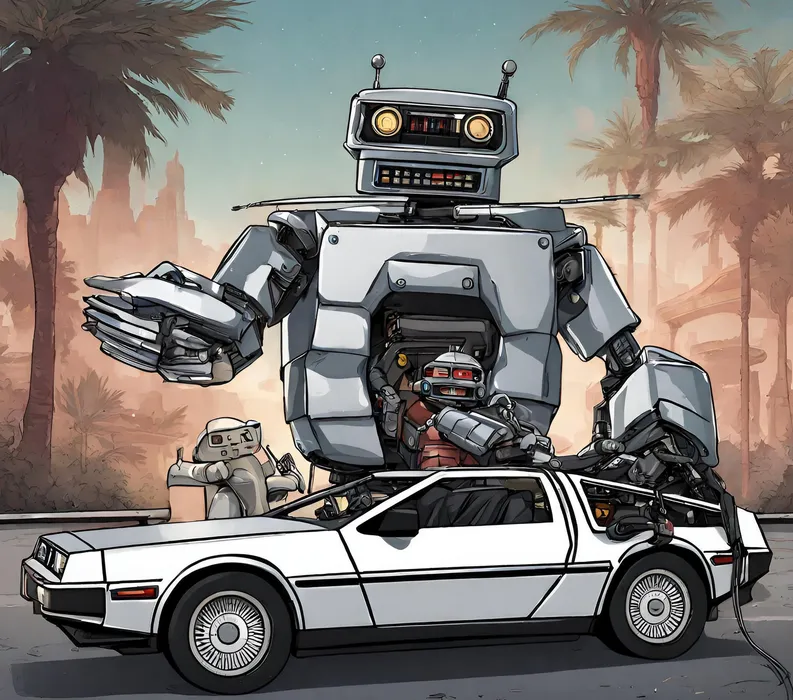
The Future of ChatGPT: A Narrative of Progress with a Need for Human Oversight
When it comes to technological innovation, ChatGPT is a poster child for rapid development and limitless potential. It’s a tool on the verge of transformative change; we’re talking richer conversations, in-depth expertise, and leaps in ethical programming. The future looks bright, but let’s not forget—the real magic happens when humans work with these tools, not just through them.
Ever-Evolving Capabilities
Get ready for ChatGPT to break its own limits. OpenAI is heavily invested in R&D to improve conversational depth, offering a more nuanced understanding of context and sentiment. Want specialized knowledge? That’s on the roadmap too. ChatGPT aims to be the go-to resource for intricate industry-specific queries, from medical diagnoses to stock market predictions.
A More Ethical Landscape
As AI matures, so does its moral compass. OpenAI is taking strides to make ethical improvements a cornerstone of ChatGPT’s development. We’re talking better content filtering, more transparent operations, and advanced techniques to mitigate biases. And while these steps are commendable, they’re not an endpoint but a part of an ongoing effort.
The Human Element
Let’s get one thing straight: ChatGPT, or any AI for that matter, is a tool, not a replacement for human judgment. Even as these models become smarter and more versatile, human oversight remains critical. This isn’t just about flagging errors or inconsistencies; it’s about providing the ethical and emotional intelligence that machines can’t replicate.
Be Part of the Journey
Understanding the trajectory of ChatGPT isn’t just interesting; it’s essential for anyone riding the tech wave. The advancements we’re seeing now are merely the prologue in a multi-chapter saga of technological evolution. Whether you’re a business leader, developer, or curious user, you’re going to want a front-row seat to this unfolding narrative.
So here’s the optimistic yet grounded take: ChatGPT and similar models are game-changers, no doubt. But they’re most effective—and safest—when humans are in the driver’s seat, steering them towards a future that benefits us all.

